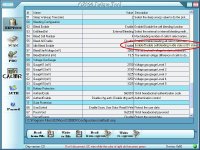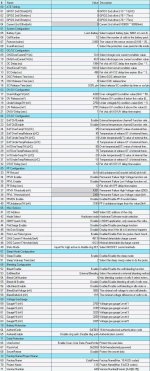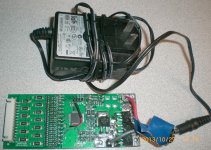helgeo said:I can also confirm that bleeding in idle/over current is disabled by default, but can be enabled in EEPROM.
Whitch EEPROM address is it? And what about bleeding during OVC condition?
helgeo said:I can also confirm that bleeding in idle/over current is disabled by default, but can be enabled in EEPROM.
circuit said:what about bleeding during OVC condition?

helgeo said:I have four of these BMS'es, two 12S and two 10S. All preconfigured for LIPO voltages. Have tried one of each, the 12S is working as it should; it charges and balances. The 10S is behaving in the same way as reported by friendly1uk and Knutix.
I am not aware of any chip revisions made and the valid tech reference still is the "08/03/2009 OZ890 - DataSheet - V1.6":circuit said:Maybe different chip revisions?
friendly1uk said:romelec said:Yes, it was very easy :wink:rolf_w said:the 'bleeder' LEDs are very helpful. did you solder them manually? tricky job...
The leds are standard yellow in size 1206, but the PCB size is 0603...
Following this, I ordered some 1206 led's and they are way to big. You can't see the solder pads when they are placed on the board. My led's are not square at the end either, they have a D shape cut out which gives you a much better window on to the circuit board below. Still... There is nothing visible to solder too.
If anyone wants 30 1206 led's and some 470 resistors, I can do you a great deal, so I never have to see them again.


